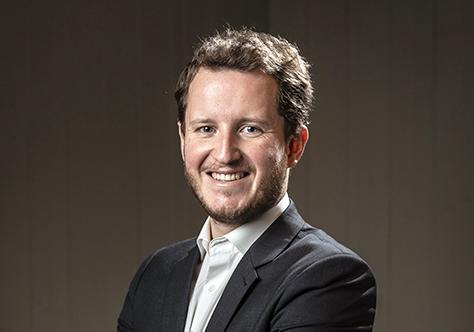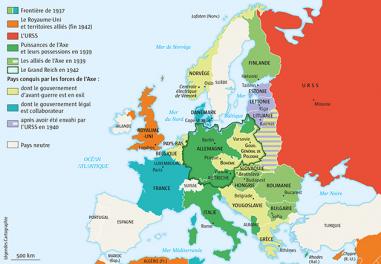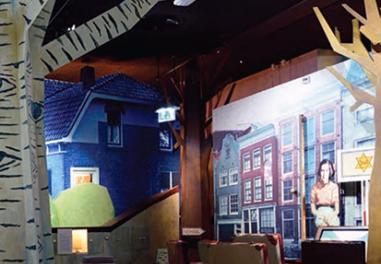Rémi Praud
Rémi Praud is director of the Liberation Route Europe Foundation, which offers a trail across Europe in the footsteps of the Allied soldiers. In this 75th anniversary year of Liberation, the European partners are preparing to receive visitors in their droves.

How did the Liberation Route Europe Foundation come into being?
The Liberation Route Europe Foundation is a Dutch organisation. It was founded in 2011, after three years of discussions with museums and local authorities in the east of the country, around Nimègue and Arnhem.
The initial idea was to put in place audiospots (interactive terminals enabling visitors to find out about the events of liberation in 1944-45) and to implement a shared strategy for remembrance tourism. The idea soon bore fruit, and other regions of the Netherlands adhered to it. Today, the Foundation is present in nine European countries (including France) and in North America.
Is it possible to speak of “European remembrance tourism” today?
We think so. Within our network, we have seen growing interest in this theme, in line with ever increasing visitor numbers to the sites. This is obviously the case in a region like Normandy, but we also find it in places where tourism is less closely linked to the theme. These regions have realised that, as well as representing a moral responsibility, the wartime legacy can also constitute a unique tourist attraction.
Today, many tour operators and guides don’t just visit single countries but offer genuinely transnational experiences, in the footsteps of western Allied troops across Europe. This broadens the horizons for visitors and enables them to compare how the war is approached in very different countries, often with highly contrasting national histories and memories. It is a considerable plus.
How are such different remembrance sites networked together?
Through an open and inclusive approach. The Liberation Route Europe network shows how the Second World War forms part of the unique history of a country, and endeavours to provide an international perspective by looking at this complex legacy from a variety of standpoints.
Each country has its own way of approaching this sensitive subject, and our aim is not to view them as competing or opposing approaches, but rather to bring out the key aspects of each.
We also want to link past and present, highlighting the importance of reconciliation between countries, while also stressing the fragility of peace. It is clear that the countries of Europe have a shared history. Ultimately, remembrance sites across Europe are not so very different. They all seek to pass on history and memory, even if they do so in different ways.
What is the specific challenge of this 75th anniversary of the Normandy landings?
For Normandy, as for other European regions, the challenge is to anticipate and manage the gradual end of the presence of veterans and direct witnesses. It is an important point to be considered by all those working in this sphere, in particular by thinking about the issue of transmission and how living memory becomes history, with strong involvement from young people.
We need to come up with a new discourse. It is no longer enough to commemorate events; they need to form part of the present and the future. What do they teach us about peace or freedom? The Normandy for Peace Forum is a good example of this development.
Read more
Articles of the review
-
The file

Resistance in Europe
More than 70 years on from the Second World War, the resistance continues to be an endless source of speculation for experts. It is often studied and understood in the light of regional and national history. Over the past few years, there has been a shift in scale to try to zero in on a Europe-wide ...Read more -
The event
75th anniversary of the Normandy landings
Every year since 1944, Normandy remembers the Allied soldiers who landed on its beaches to fight for the liberation of France and Europe. The 75th anniversary of the landings, on 6 June 2019, is a particularly symbolic date. ...Read more -
The figure

Resistance in the Netherlands
The Dutch Resistance Museum (Verzetsmuseum) in Amsterdam is a window onto the history of the German occupation and the Nazi regime in the Netherlands. Since 2013, children have been able to learn about the Netherlands Resistance at a junior museum especially for children aged 9 and above. ...Read more

